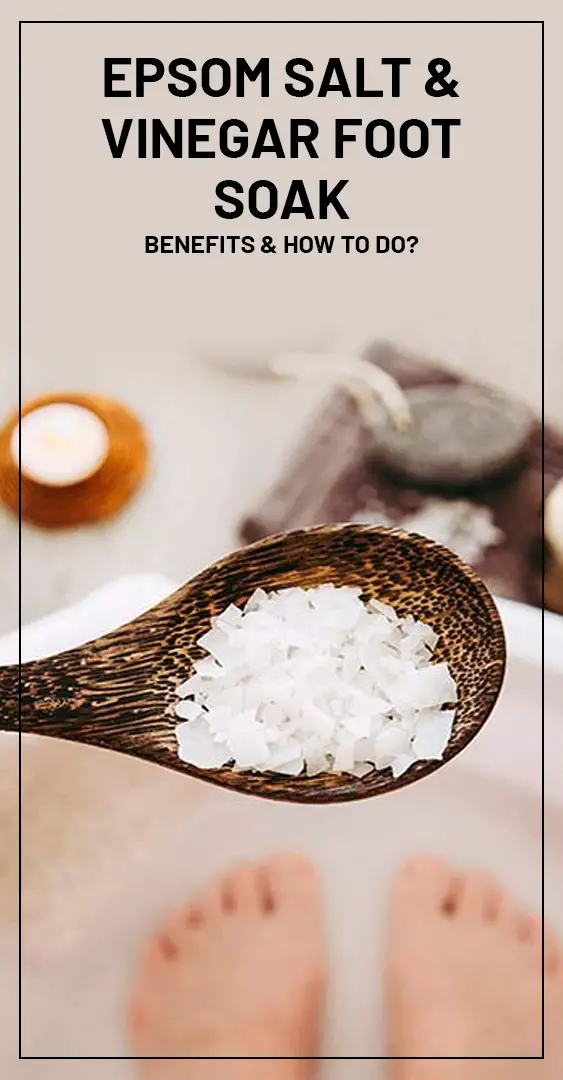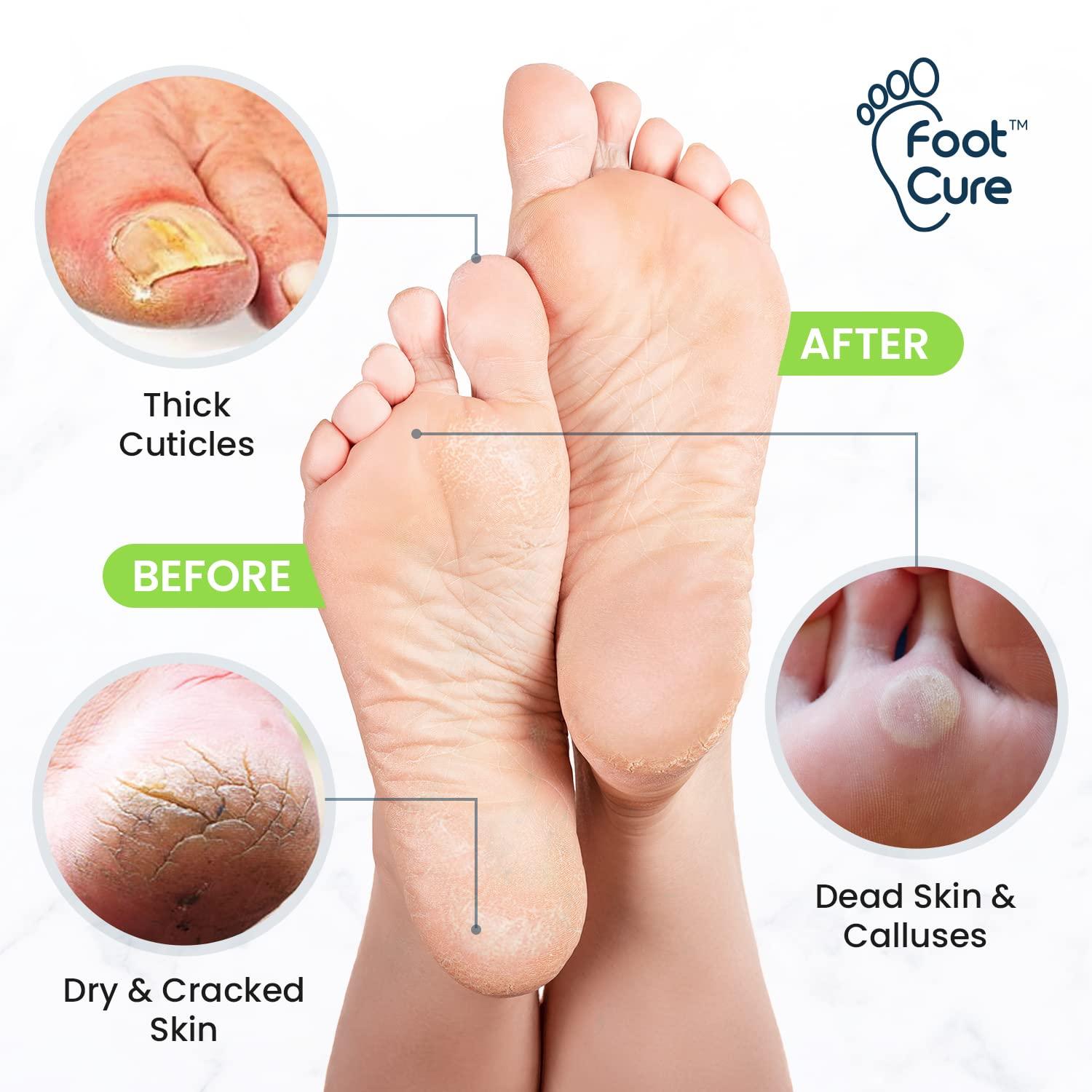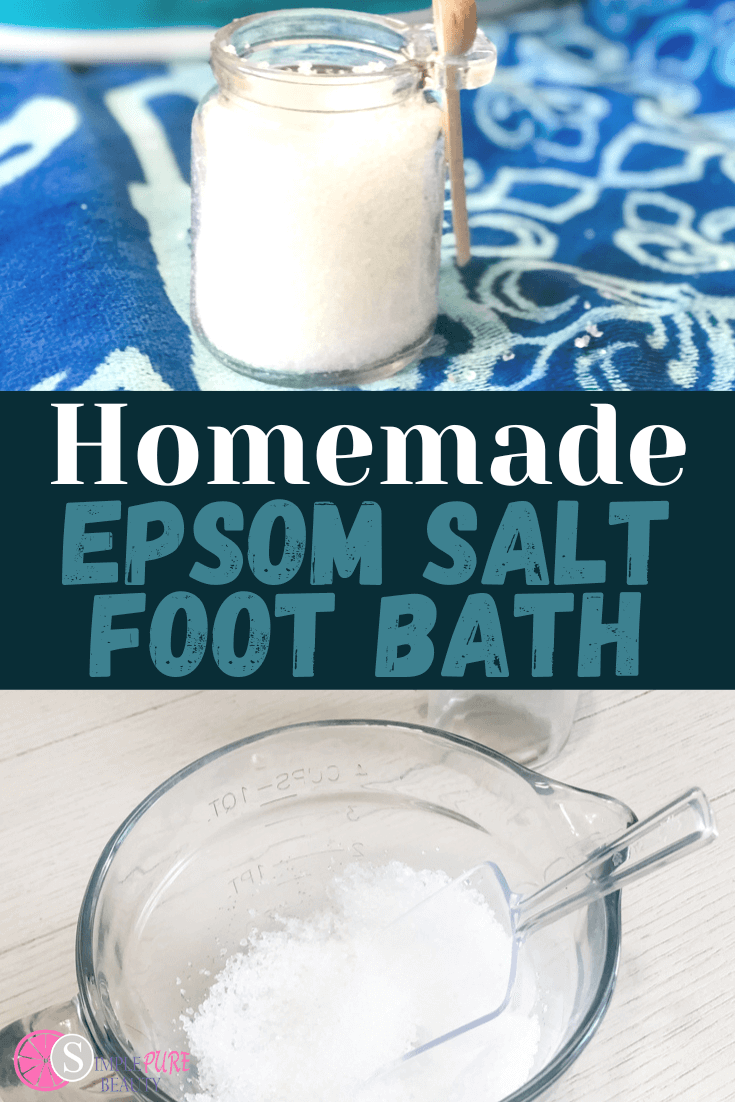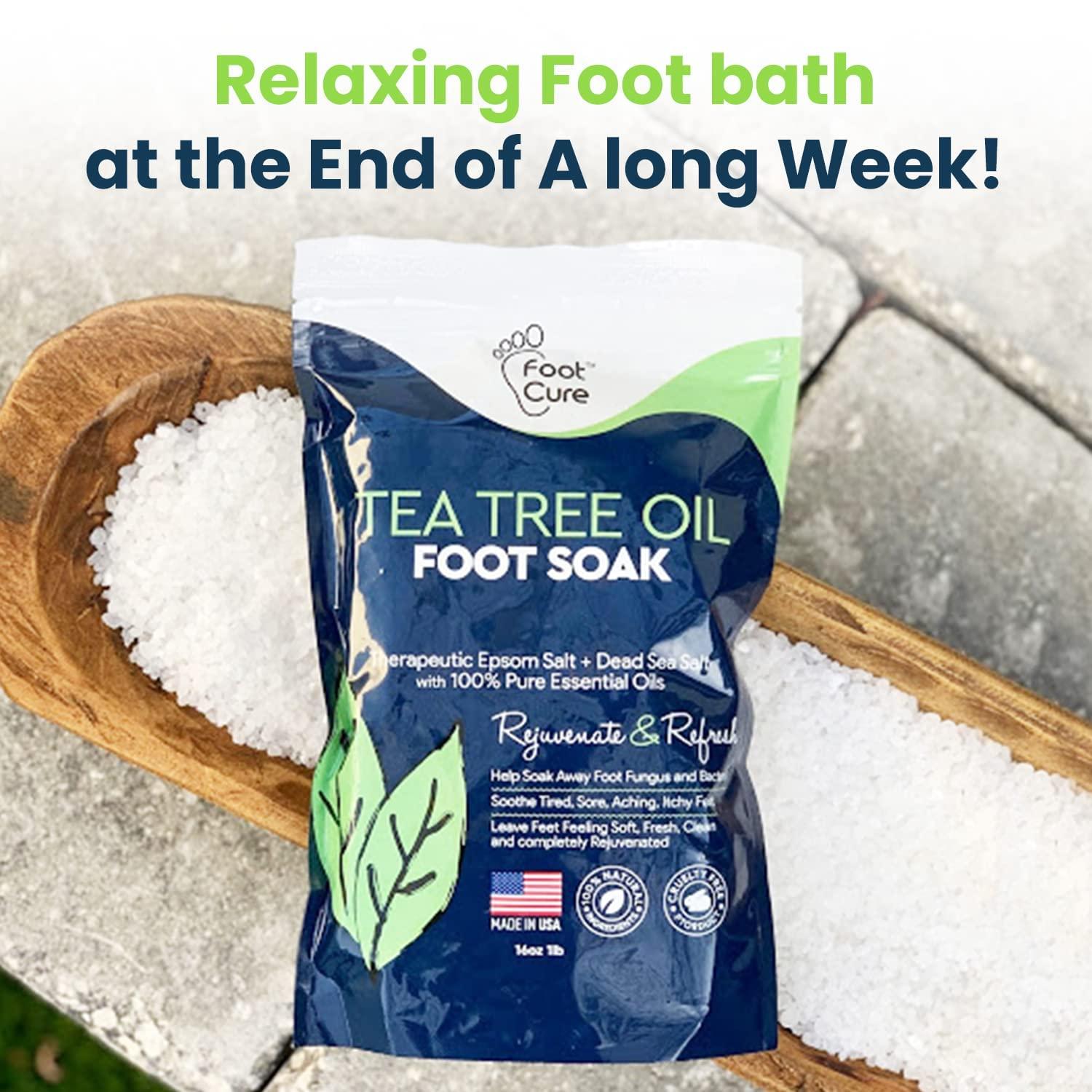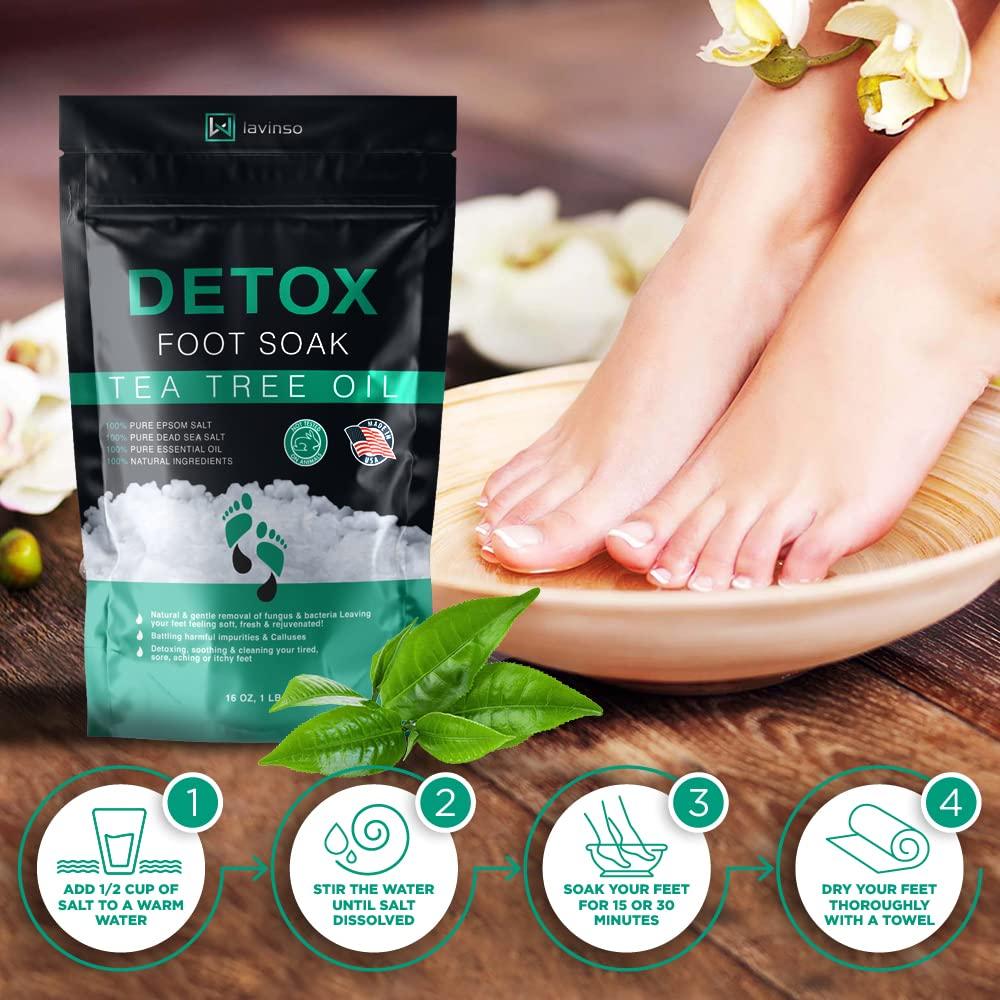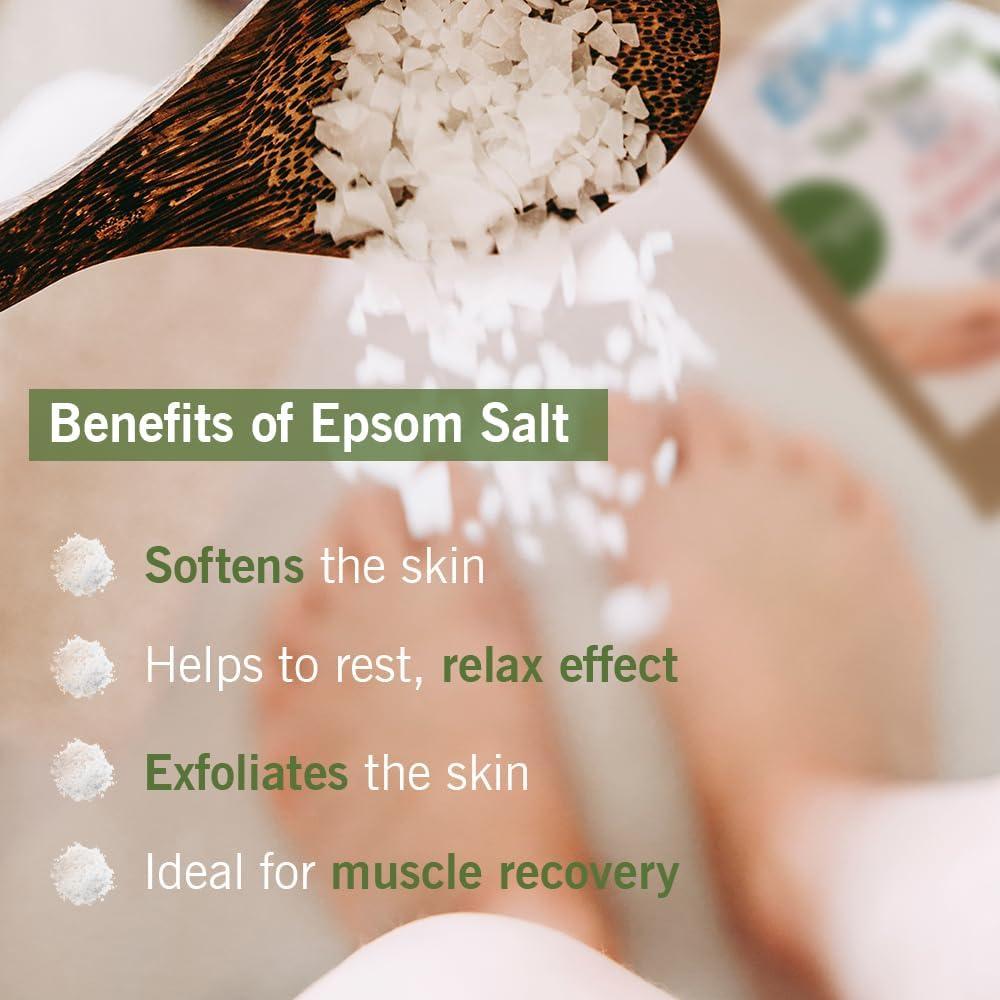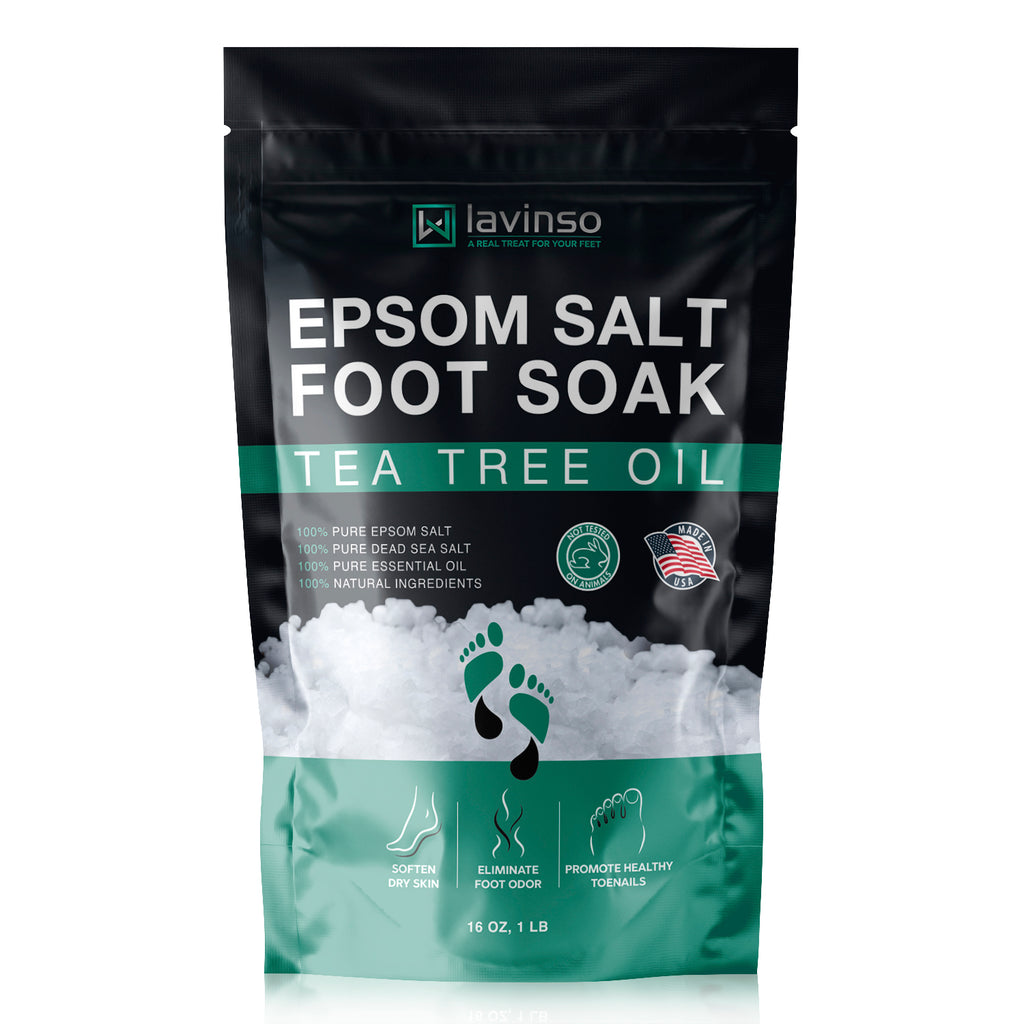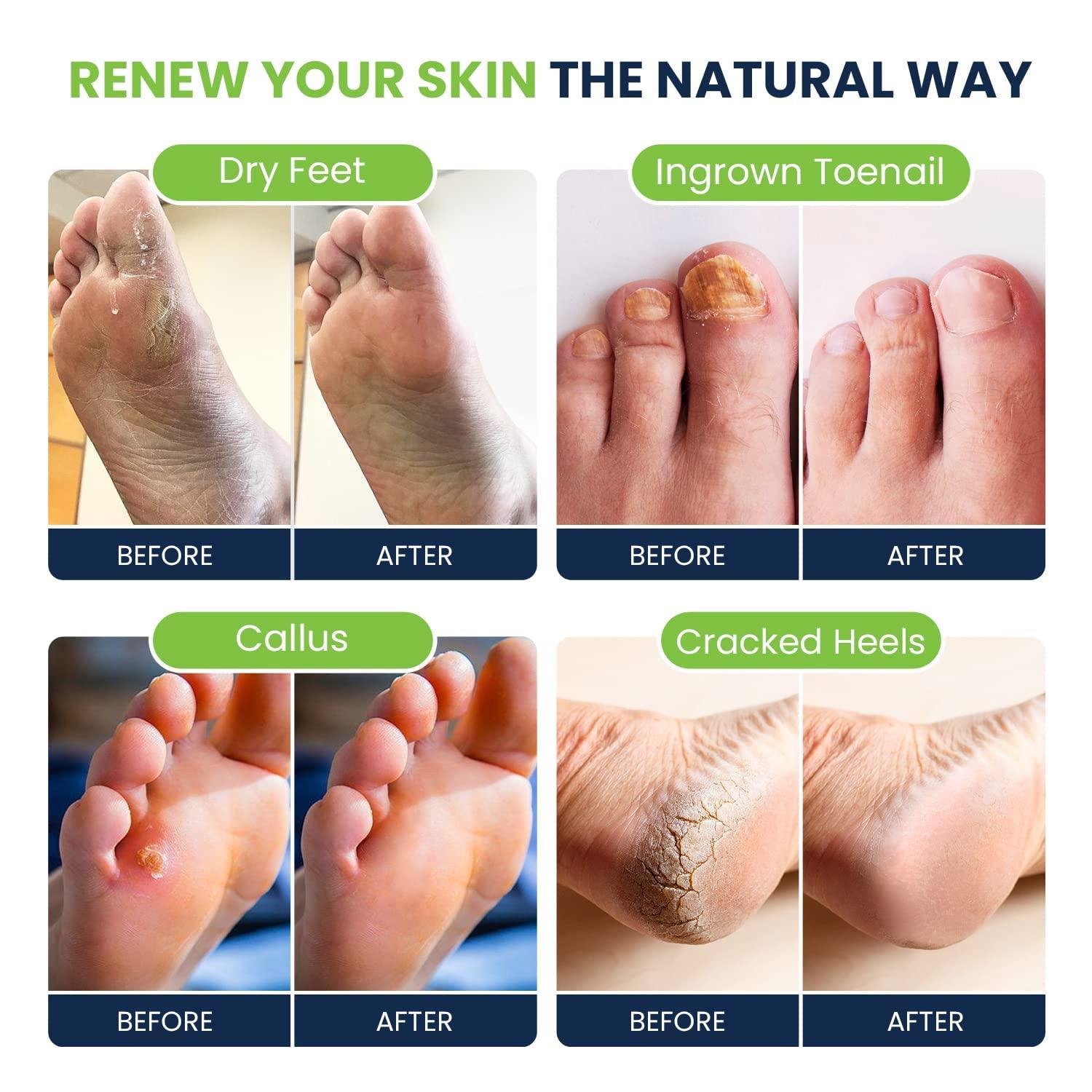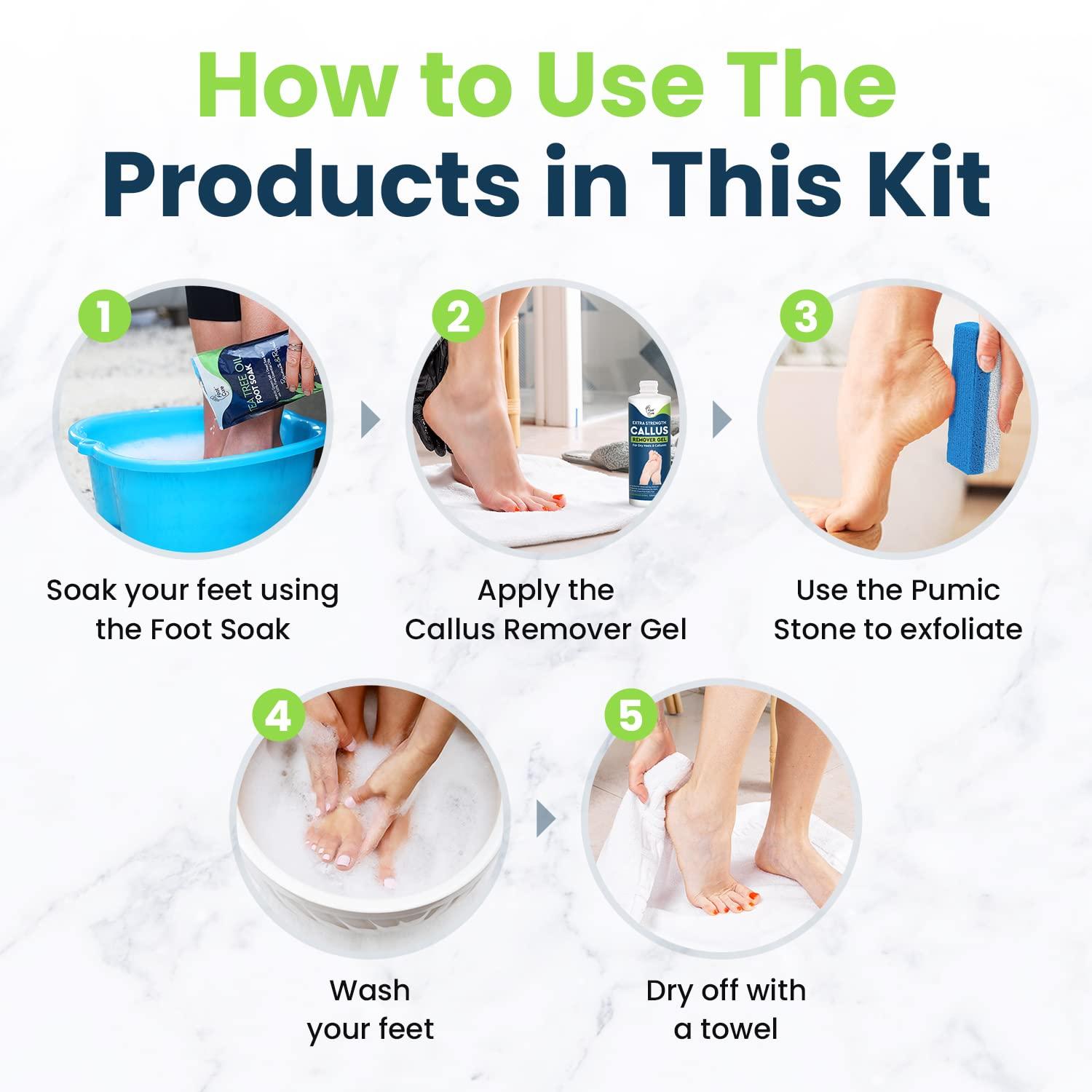Soaking Feet In Epsom Salt For Toenail Fungus

The persistent itch, the thickened, discolored nail – toenail fungus, or onychomycosis, is more than a cosmetic nuisance. It affects millions worldwide, leading to discomfort, embarrassment, and, in severe cases, more serious health complications. Amidst a market saturated with antifungal medications and laser treatments, a simple home remedy, soaking feet in Epsom salt, continues to circulate as a potential solution. But does this age-old practice stand up to scientific scrutiny, or is it merely an anecdotal comfort?
The debate surrounding Epsom salt soaks for toenail fungus centers on its purported benefits: reducing inflammation, softening the skin, and potentially inhibiting fungal growth. While Epsom salt, or magnesium sulfate, is known for its osmotic properties and ability to draw out moisture, its efficacy against dermatophytes, the fungi responsible for most toenail infections, remains largely unproven by rigorous scientific studies. This article delves into the science behind Epsom salt, examines anecdotal evidence, and consults expert opinions to provide a balanced perspective on its role in managing toenail fungus.
Understanding Toenail Fungus and Conventional Treatments
Toenail fungus is a common infection caused by various types of fungi. These fungi thrive in warm, moist environments and often enter the nail through small cracks or cuts.
Symptoms include thickening, discoloration (yellowish or brownish), brittleness, and separation of the nail from the nail bed.
Left untreated, the infection can spread to other nails, the surrounding skin, or even other people.
Conventional treatments for toenail fungus typically involve prescription antifungal medications, either topical or oral. Topical treatments, like ciclopirox or efinaconazole, are applied directly to the nail and aim to kill the fungus at the site of infection.
Oral medications, such as terbinafine or itraconazole, are more potent and work by inhibiting fungal growth from within the body. However, oral antifungals can carry potential side effects, including liver damage, and require regular monitoring.
Laser therapy is another treatment option that uses concentrated light energy to target and destroy the fungus, though it can be expensive and may require multiple sessions.
The Science Behind Epsom Salt
Epsom salt is a chemical compound composed of magnesium and sulfate. It has been used for centuries as a home remedy for a variety of ailments, including muscle soreness, inflammation, and skin conditions.
The purported benefits of Epsom salt are often attributed to its ability to draw out moisture from the body through osmosis.
Some believe that this can help to reduce swelling, relieve pain, and soften the skin, making it easier to remove dead skin and debris that may harbor the fungus.
However, scientific evidence supporting these claims is limited. While some studies have shown that magnesium can be absorbed through the skin, the extent of absorption and its therapeutic effects are still debated. There is also no direct evidence that Epsom salt has antifungal properties.
Dr. Anya Gupta, a dermatologist at the American Academy of Dermatology, cautions against relying solely on Epsom salt for toenail fungus. "While Epsom salt soaks may provide temporary relief from symptoms like inflammation and discomfort, they are unlikely to eradicate the fungal infection itself," she explains.
She emphasizes that proper diagnosis and treatment from a qualified healthcare professional are crucial for effective management of toenail fungus.
Anecdotal Evidence and Expert Opinions
Despite the lack of strong scientific evidence, many people swear by Epsom salt soaks for toenail fungus. They report that regular soaking helps to soften the nail, reduce inflammation, and alleviate discomfort.
Some even claim that it has helped to clear up their infection altogether, although these claims are often unsupported by clinical evidence.
Online forums and social media groups are filled with testimonials praising the benefits of Epsom salt soaks.
However, experts warn against relying solely on anecdotal evidence. Dr. Mark Thompson, a podiatrist specializing in fungal infections, notes that "While Epsom salt may offer some symptomatic relief, it's important to remember that it's not a substitute for evidence-based treatments."
He adds, "Toenail fungus is a stubborn infection that often requires a multi-pronged approach, including prescription medications and proper foot hygiene."
Dr. Thompson advises patients to consult with a podiatrist or dermatologist for a proper diagnosis and treatment plan, rather than relying solely on home remedies.
How to Use Epsom Salt Safely and Effectively (If You Choose To)
If you decide to try Epsom salt soaks for toenail fungus, it's important to do so safely and effectively. Start by dissolving about a half cup of Epsom salt in a basin of warm water.
Soak your feet for 15-20 minutes, once or twice a day. Make sure to dry your feet thoroughly after soaking, especially between the toes.
You can also gently file down the affected nail to remove dead skin and debris, but be careful not to damage the surrounding skin.
It's crucial to remember that Epsom salt soaks are not a standalone treatment for toenail fungus. If you are using Epsom salt, consider using it in conjunction with other treatments prescribed by your doctor or podiatrist.
Monitor your symptoms closely, and if you don't see any improvement after several weeks, or if your condition worsens, consult with a healthcare professional.
It's also important to note that Epsom salt soaks may not be suitable for everyone. People with diabetes, poor circulation, or skin infections should consult with their doctor before using Epsom salt.
The Bottom Line: A Complementary Approach, Not a Cure
While Epsom salt soaks may provide temporary relief from some of the symptoms of toenail fungus, such as inflammation and discomfort, they are not a proven cure for the infection itself. Scientific evidence supporting the antifungal properties of Epsom salt is limited, and anecdotal evidence should be viewed with caution. Reliance on Epsom salt alone may delay proper treatment and allow the infection to worsen.
The most effective approach to managing toenail fungus involves a combination of evidence-based treatments, such as prescription antifungal medications, and good foot hygiene practices.
Epsom salt soaks may be a useful complementary therapy to help alleviate symptoms, but they should not be considered a substitute for professional medical advice.
Looking ahead, more research is needed to fully understand the potential role of magnesium and sulfate in managing fungal infections. Future studies could investigate the optimal concentration of Epsom salt, the duration of soaking, and its potential synergistic effects with other antifungal treatments. Until then, it is crucial to approach Epsom salt soaks for toenail fungus with a balanced perspective, recognizing their limitations and prioritizing evidence-based treatments.

